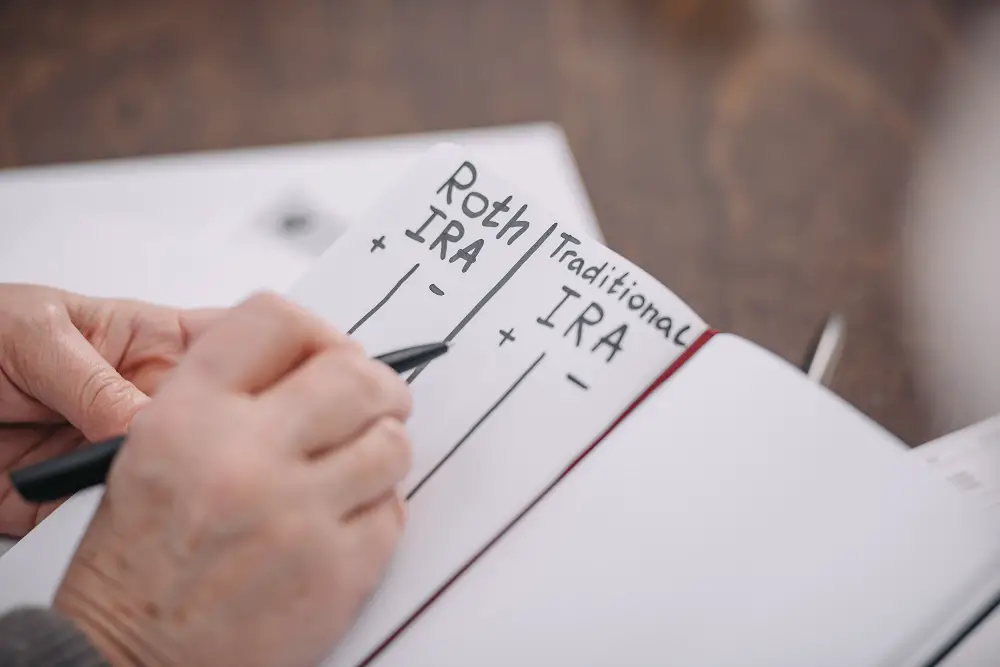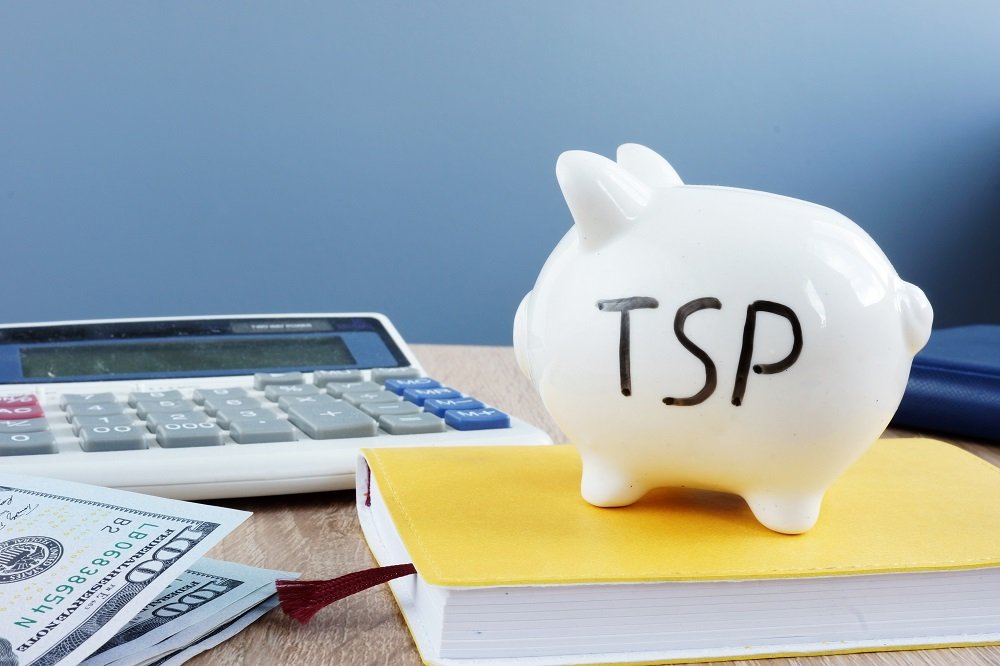What’s The Difference Between Roth and Traditional TSP?
While the USA has one of the most lucrative retirement plans for its federal employees, it can be tough to choose between TSP and Roth. Military officers often resort to a tax advisor before committing to a retirement plan.
Now, both Roth and traditional TSP depend on not only your service length but also your contributions and running tax rates. We advise you to consult a professional who will run the numbers for you. But before that happens, we sure can help you put things into perspective!
Herein, this piece is on the difference between Roth and traditional TSP. How your TSP contributions will be treated is up to you, and that’s why it’s imperative that you make the right decision. Keep on reading to find out more!
Traditional TSP vs. Roth TSP: The Differences

When it comes to choosing a suitable retirement plan for federal officers, you have the modern-day Roth IRA, traditional TSP, or a choice of both. Now, if anyone decides to put their money in both TSP and Roth, it doesn’t mean that they have two Thrift Savings Plans.
In fact, you get two different balances in one account, and transferring from Roth to TSP is not possible at the moment. This is why having a clear understanding of both retirement plans will help you manage finances more responsibly!
To begin with, the investment that you make in TSP is subject to tax deduction upon withdrawal. You can put a portion of your earnings in your TSP account and run down your tax bill at the present time.
On the other hand, Roth TSP is an account consisting of your after-tax income. This way, you do not have to pay any tax when you withdraw money from your Roth balance.
4 Key Differences Between HMO And PPO
Why Is Traditional TSP So Popular Among New Federal Employees?

As of December 2020, more than five million federal employees in the military and uniformed services have enrolled in the traditional TSP. The good news is, nearly 90% of them are satisfied with their retirement plan.
- Government Contribution
When you contribute to a traditional TSP, the US Government also provides a certain percentage of your pre-tax income, which goes straight to your TSP account. It can go up to 5 percent of your annual pre-tax income.
These matching contributions made by the Government is a huge privilege, and if the tax rates stay the same during your retirement, this extra money comes in handy when you pay the deferred tax upon withdrawal.
- Rollovers
How TSP rollovers work and how they are treated in different time periods is a complex subject. Up until the ’90s, money withdrawn from your TSP account and rolled over to a similar tax-advantaged IRA account was not subject to tax and withholding.
However, in the present day, any rollover from your TSP account to your checking account will be treated with 20% withholding for paying federal income taxes.
If you are aged 59.5 or older and still in federal service, you are entitled to one age-based withdrawal. TSP considers it as an eligible rollover for tax issues.
On the flip side, if you take this in-service withdrawal from your TSP account, you will no longer be eligible to make a partial withdrawal after your separation.
- Money Transfer
Another thing we appreciate about traditional TSP is that you can transfer any pre-tax individual retirement account to your traditional TSP.
On the other hand, you have to meet certain eligibility standards to make your Roth money fully tax-free upon withdrawal. Qualified withdrawals comprise contributions kept for no less than five years. Additionally, you have to be at least 59.5 years old to be eligible for tax-free withdrawals.
Moving on, your contribution allocation applies to both your TSP and Roth balances equally.
Same goes for all future withdrawals if you elect Roth and TSP together. For example, if your Thrift Savings Plan is made of traditional TSP and Roth according to your chosen proportion, the withdrawals will be treated accordingly.
Benefits of Roth and TSP
Investing in your TSP account can be one of the most rewarding financial decisions you make as a federal employee or military personnel.
However, Roth IRA gives you flexible choices and easy withdrawals on a rising paycheck during a time when tax rates have gone through the roof. But what if we tell you Roth has a few more benefits to begin with?
- High Retirement Income
Since the balance in Roth IRA is your after-tax money, you don’t have to pay any tax at all for making a withdrawal. On the other hand, if you defer taxes on Thrift Savings Plan, you are likely going to be on a higher payroll as you advance in your career.
In fact, you might have to pay a handsome tax bill to the Government on TSP because you just entered the next tax bracket before retiring!
Keeping taxable income low is one of the main reasons why people choose Roth in the first place. After all, better pay low taxes now than paying more when you’re retired.
In addition, you are eligible to access your Roth contributions any time before you retire without paying taxes!
- Flexibility of Withdrawals
Did you know that choosing Roth IRA is a great option if your income is below the $193,000 phase-out limit? Withdrawing contributions from your Roth balance is the easiest!
You also have the whole year to yourself for depositing your selected contribution amounts. As you turn 59-½ and have kept your contributions for five years and more, your distributions will no longer be subject to tax cuts.
- Tax Deduction
Since tax rates are on the rise, deferring tax to a later date might not be a feasible option for new officers. That said, if you expect a higher tax rate when you retire or enter a lower tax bracket due to fiscal changes, contributing to Roth IRA is advantageous.
Your taxable income is higher when you’re on Roth IRA. Projected falls in the tax rate prompt uniformed officers to choose Roth IRA over traditional TSP. Alternatively, if tax rates are fluctuating, leaving a sizable portion of your money to grow without facing tax effects is probably for the best.
Recommended for You:
Drawbacks of Roth and Traditional TSP
Roth IRA is a profitable retirement plan if the future fiscal attributes are in line with your projections. However, you do miss out on the contributions made by the Government, which applies exclusively to traditional TSP.
Then there’s the part where you cannot take loans from Roth IRA as private officers can from their 401(k)s. Although, the fact that you can withdraw your Roth contributions without paying any interest and tax is pretty cool.
But there’s a catch. If you make an early withdrawal of your investment before turning 59.5 years old, you are to pay 10% of the withdrawal amount in penalty. TSP has many regulations, and the balance accumulates directly from your paycheck. Receiving money-transfers from your Roth balance is also not an option.
Bottom Line
Considering matching government contributions on TSP and tax-free withdrawals on Roth, both of these plans seem better than the other! We hope that we could help you spot the difference between Roth and traditional TSP. Enrolling in any of these plans has all the potential to ensure a happy life in retirement. Thanks for reading!







